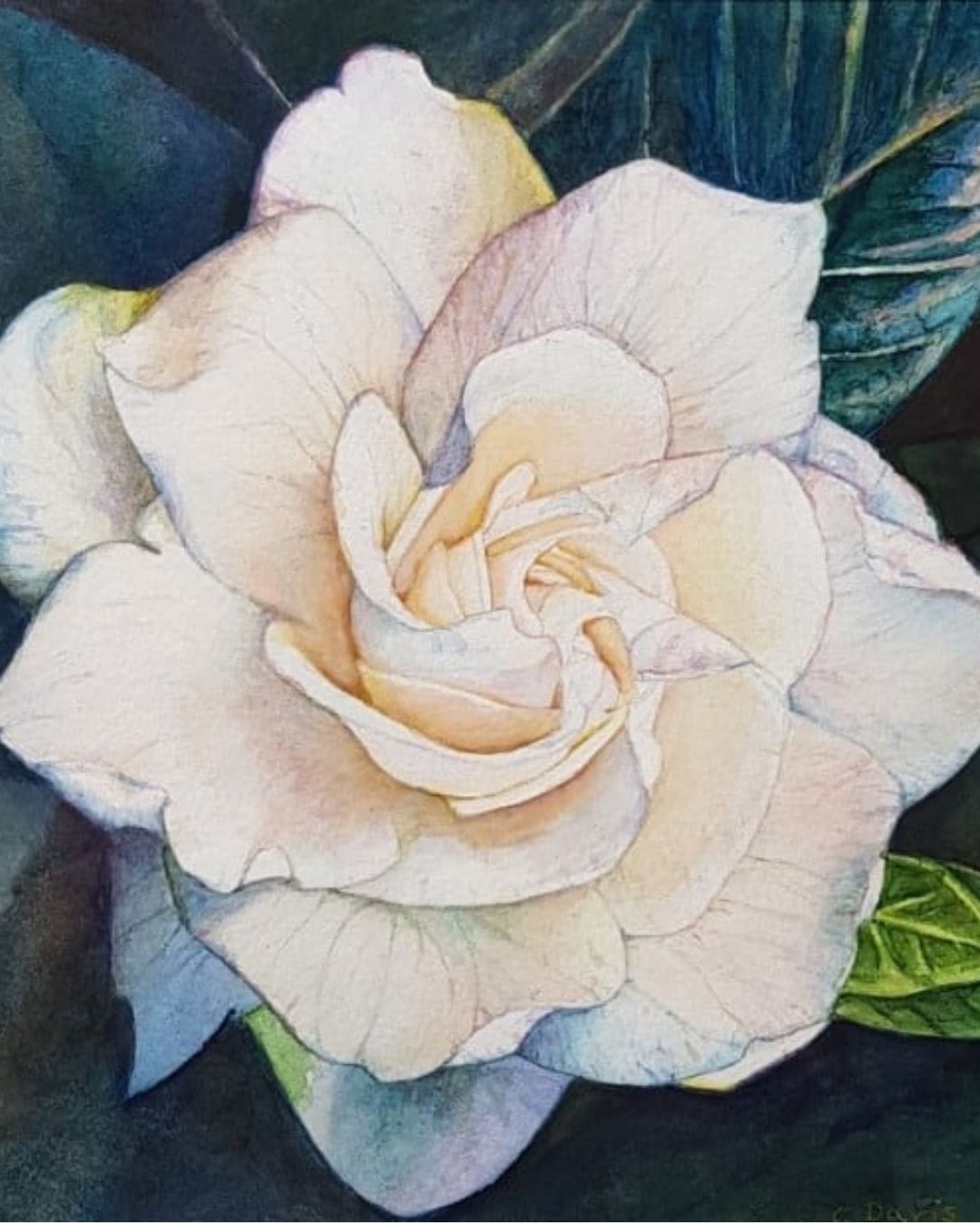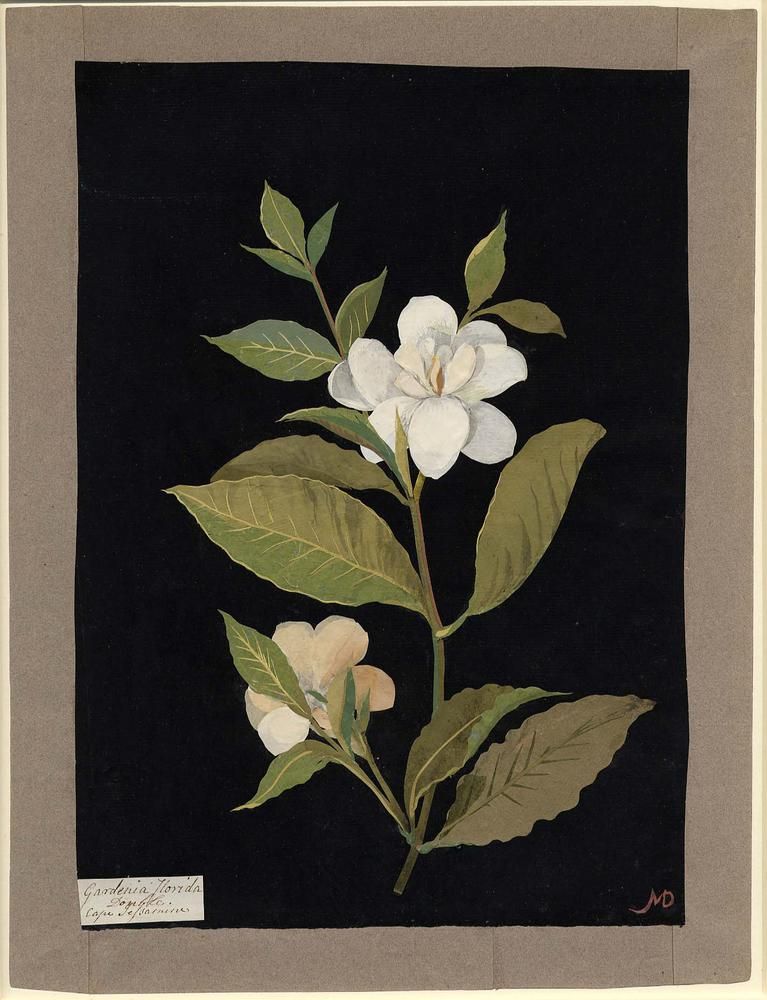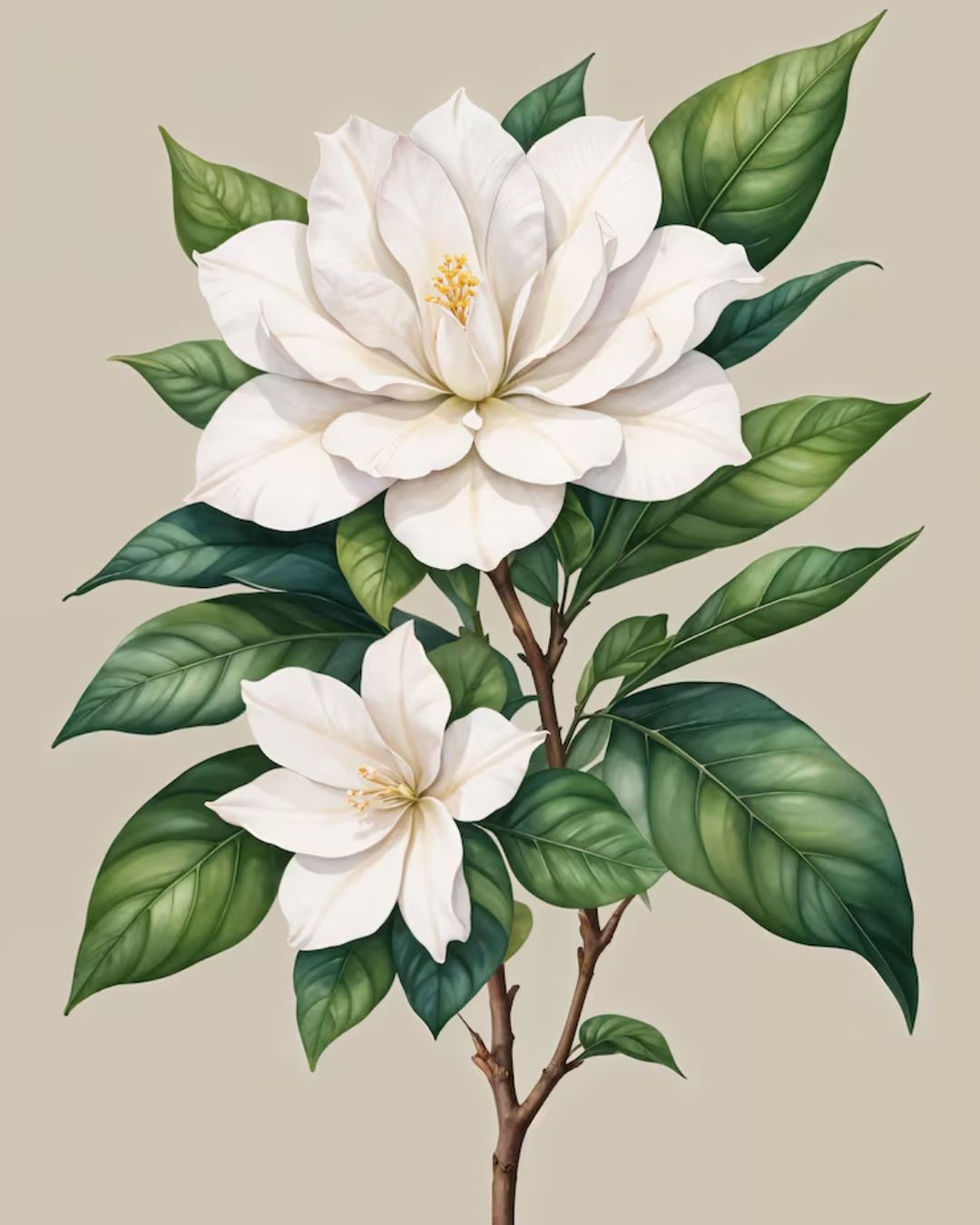While other flowers shout their presence in daylight, gardenia waits. Patient. Knowing. Only when the air cools and the world grows still does it release its perfume — rich, slow, deliberate as a whispered confession.
This timing isn't coincidence. It's strategy.

Chinese healers understood this centuries ago, steeping gardenia petals into teas that calmed racing hearts and cleared clouded minds. In Japan, royal silkworms fed on its leaves, their threads dyed the colour of warm evening light — luxury that announced itself through subtlety rather than spectacle. Pacific islanders wove it into leis and placed it on altars, understanding that some offerings are too precious for daylight.
In SILK VEIL, gardenia arrives after the drama. When jasmine has made its point and tuberose has stolen the scene, gardenia settles like evening mist — tempering boldness with grace, adding the kind of smoothness that makes you lean closer without knowing why.
Victorian lovers caught on eventually. When public declarations were impossible, gardenia became their silent language. A single bloom left on a windowsill, tucked behind a glove, pressed between the pages of a borrowed book, told of a love that could never be. The flower of secret assignations, of desires that couldn't be named aloud.

Its genius lies in misdirection. Where tuberose blazes and jasmine strategises, gardenia simply exists — luminous, unhurried, impossible to ignore once you've noticed it. The scent that lingers in hotel corridors after clandestine meetings. The perfume that clings to silk scarves forgotten in coat pockets.
And so, in SILK VEIL, gardenia does not announce itself first. It arrives after the drama, softening tuberose, tempering jasmine — mist settling after heat. The scent that makes you lean closer without quite knowing why.

